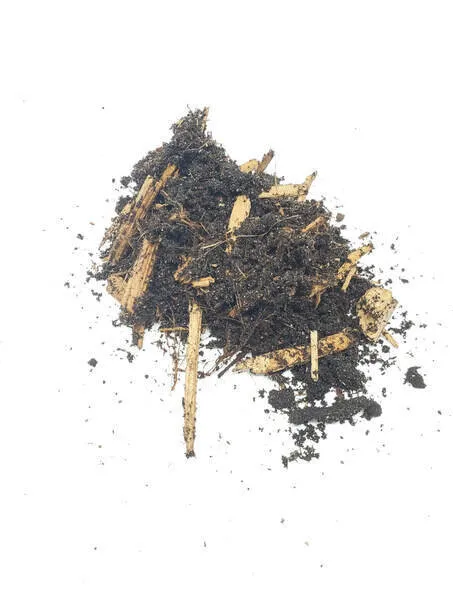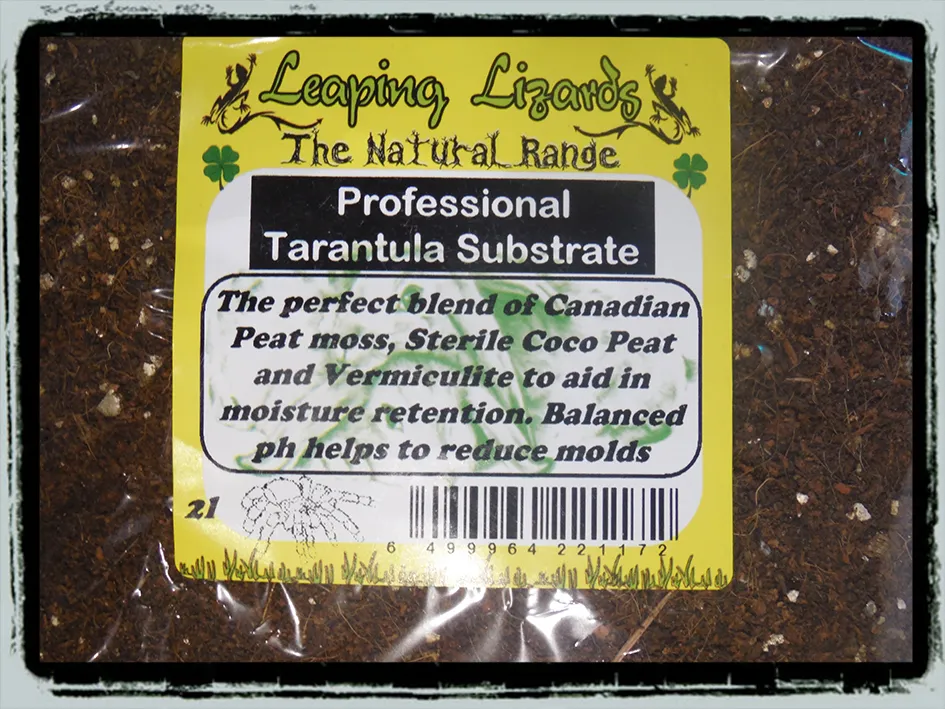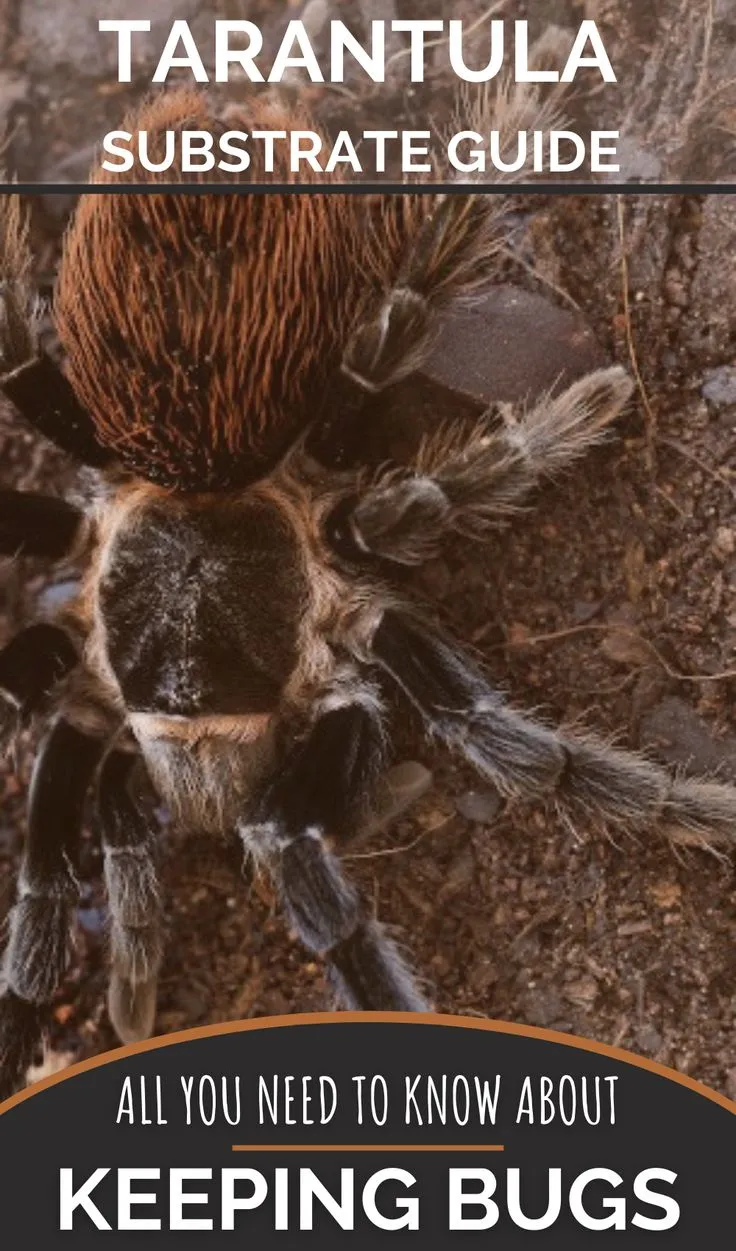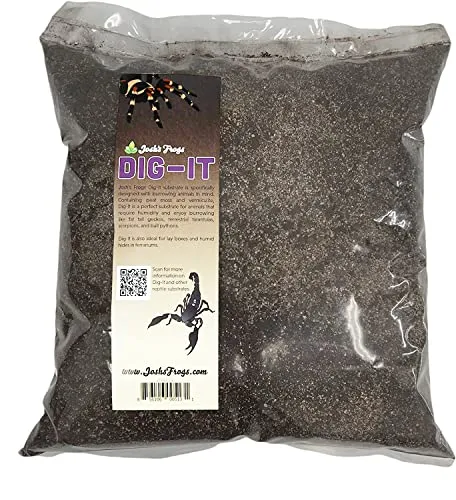How Much Substrate Does a Tarantula Need
One of the most common questions from new tarantula keepers is how much substrate their new pet needs. The depth of the substrate is crucial for a tarantula’s well-being, providing not only a comfortable environment but also supporting their natural behaviors. The amount needed is not a one-size-fits-all answer, as it depends on several factors. Proper substrate depth helps regulate humidity, allows for burrowing (for terrestrial species), and provides a safe space for molting. This guide delves into the specifics, offering insights into determining the right amount of substrate for your tarantula. Understanding these requirements ensures your tarantula thrives in its enclosure, promoting a healthier and more enriching life for your eight-legged companion.
Factors Influencing Substrate Depth
Several key factors influence the ideal substrate depth for your tarantula. Considering these elements will help you create the perfect habitat. These include the tarantula’s species, its size and age, and the dimensions of its enclosure. Each of these factors plays a vital role in determining the necessary depth and type of substrate, ensuring the tarantula’s comfort and safety. For example, burrowing species need significantly more substrate than those that prefer to live on the surface. Similarly, a juvenile tarantula in a smaller enclosure will require less substrate compared to a fully grown adult.
Tarantula Species

Different tarantula species have varying substrate requirements. Terrestrial species, which spend most of their time on the ground, often need deeper substrate to burrow. Arboreal species, on the other hand, may require less substrate since they primarily live in trees or elevated areas. Researching the specific needs of your tarantula species is the first step in determining the appropriate substrate depth. For instance, a Grammostola pulchra (Brazilian Black) will benefit from a deeper layer to allow for burrowing, whereas an Avicularia avicularia (Pinktoe Tarantula) requires less depth because it’s an arboreal species. Improper substrate depth can lead to stress and discomfort for your tarantula.
Tarantula Size and Age
The size and age of your tarantula significantly impact substrate needs. Younger, smaller tarantulas, or spiderlings, often need less substrate than adult tarantulas. As they grow, their needs change, and the substrate should be adjusted accordingly. A juvenile tarantula might need a substrate depth of about 1-2 inches, providing enough space to establish a small burrow. As the tarantula matures, the substrate depth should increase, potentially to 4-6 inches or more for larger terrestrial species. This additional depth allows for the creation of more complex burrows and maintains suitable humidity levels. Regularly monitor your tarantula’s growth to make necessary adjustments.
Enclosure Size
The size of the enclosure is another crucial factor. A larger enclosure naturally accommodates more substrate, providing ample space for burrowing and creating humidity gradients. Conversely, a smaller enclosure may require less substrate to prevent the enclosure from becoming overcrowded. The goal is to ensure the tarantula can move around comfortably, has enough space for its behaviors, and maintains proper humidity. The depth of the substrate should be proportional to the overall size of the enclosure, allowing for appropriate burrowing depth without restricting movement. When choosing an enclosure, consider the adult size of your tarantula to plan for its future substrate needs.
Types of Substrate and Their Depth

Choosing the right type of substrate is as important as the depth. Several substrate options are available, each with its properties regarding water retention, burrowing ability, and overall suitability. The best choice often depends on the specific needs of your tarantula species. The primary goal is to select a substrate that supports natural behaviors and maintains the appropriate humidity levels for your tarantula to thrive. Consider the following common substrate types and their recommended depths.
Coconut Fiber
Coconut fiber, also known as coco coir, is a popular substrate choice. It is excellent at retaining moisture, making it ideal for species that require higher humidity levels. Coconut fiber is also readily available, affordable, and easy to use. For most tarantulas, a depth of 2-4 inches of coconut fiber is sufficient. This depth allows for some burrowing and helps maintain appropriate humidity. It’s best to slightly dampen the substrate to achieve the desired humidity level for your specific tarantula. Regularly monitor and adjust the moisture level to prevent the substrate from becoming too dry or too wet.
Peat Moss
Peat moss is another excellent substrate option, offering good moisture retention and a natural appearance. It is a favorite among many tarantula keepers. It is generally used to create a naturalistic environment, supporting burrowing behaviors. The depth of peat moss should be approximately 3-5 inches, depending on the species and size of the tarantula. Ensure the peat moss is slightly damp but not soggy to maintain proper humidity. Peat moss can also be mixed with other substrates, such as coconut fiber or topsoil, to enhance its properties and create a more complex environment for your tarantula.
Topsoil and Sand Mixes

Topsoil and sand mixes are ideal for mimicking natural environments, especially for tarantulas from arid or semi-arid regions. The sand provides good drainage and stability, while the topsoil allows for burrowing. The mixture ratio can vary, but a common ratio is 2 parts topsoil to 1 part play sand. The substrate depth should be approximately 4-6 inches. Ensure the topsoil is free of fertilizers and pesticides. Regularly check the substrate for dryness, and lightly mist it to maintain appropriate humidity levels. This type of substrate provides a more naturalistic habitat for the tarantula.
Maintaining Proper Substrate Conditions
Properly maintaining the substrate is crucial for the health and well-being of your tarantula. This involves monitoring humidity levels, ensuring the substrate remains damp (but not overly wet), and regular cleaning and replacement. These practices create an ideal environment, reduce stress, and prevent health issues. Regular monitoring will help you identify and address any issues promptly. Understanding the specific requirements of your tarantula’s species will help guide your maintenance routine. This section will cover key aspects of substrate care.
Humidity Levels
Maintaining the correct humidity level is crucial for tarantula health, which greatly influences how you manage the substrate. Depending on the species, humidity needs vary. For species from humid environments, maintaining a higher humidity level is vital. Use a hygrometer to monitor humidity levels. Adjust ventilation and misting frequency to maintain the desired humidity. For drier environments, provide a shallow water dish and ensure adequate ventilation. The substrate itself plays a significant role in regulating humidity levels. Ensure the substrate is appropriately damp to avoid dehydration or respiratory issues. The right humidity will help your tarantula thrive.
Substrate Dampness

The dampness of the substrate is directly related to humidity control. The substrate should be damp but not waterlogged. Overly wet substrate can lead to mold growth, bacterial infections, and other health issues. If the substrate is too dry, it can cause dehydration and difficulties in molting. The ideal dampness depends on your tarantula’s species and its humidity requirements. Lightly mist the substrate with dechlorinated water when needed, usually a couple of times per week, or as needed. It’s best to monitor the substrate regularly to ensure it’s maintaining the proper moisture level, and make adjustments as needed. If the substrate becomes excessively wet, reduce watering and increase ventilation to allow it to dry.
Cleaning and Replacing Substrate
Regularly cleaning and replacing the substrate is essential for maintaining a healthy environment for your tarantula. Remove any uneaten food, molted exoskeletons, and fecal matter promptly. This prevents the build-up of bacteria and mites. Fully replace the substrate every 6-12 months, or sooner if needed, based on the condition. When replacing the substrate, remove all old substrate and clean the enclosure thoroughly with warm water. Allow the enclosure to dry completely before adding fresh substrate. Regular cleaning and replacement minimize the risk of parasites and infections. Always handle your tarantula with care during cleaning.
Signs of Substrate Needing Replacement
Several signs indicate that the substrate needs replacement. Mold or mildew growth on the substrate is a clear indicator of a problem. Unpleasant odors suggest the substrate is breaking down and needs to be replaced. Excessive moisture that persists even after adjusting ventilation may be a sign. If you notice any of these issues, it’s time to replace the substrate. Moreover, if your tarantula’s health declines, check the substrate and the environment for any contributing factors. Regular monitoring of your tarantula and its habitat will help ensure you’re replacing the substrate as needed.
Knowing how much substrate your tarantula needs is essential for its health and well-being. By considering the species, size, and enclosure, and by choosing the correct substrate type and maintaining proper conditions, you can create a thriving environment for your pet tarantula. Understanding these factors will help you provide the best possible care.
